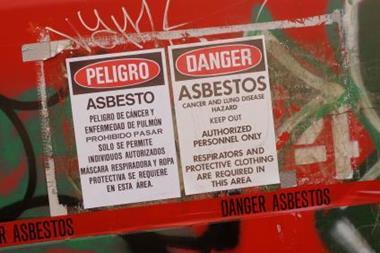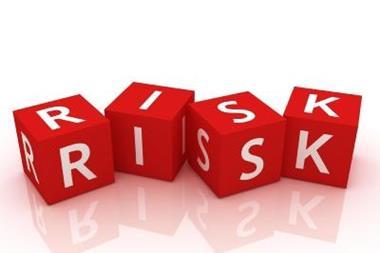Business innovation could be stifled by the lack of insurance availability for risks associated with nanotech but responsible companies may be able to manage the risks
We often fear what we do not understand. In nanotechnology we are faced with the rapid development of a technology that we do not yet fully understand.
Some have likened the discovery of nanotechnology—the ability to manipulate matter on an incomprehensibly small scale—to a new industrial revolution. New nano processes and materials hold the potential to make dramatic changes to our society, but no one really knows what the consequences are for the environment or human health.
There are two sides to the coin. Like any emerging risk, nanotechnology presents not only a downside but also potential business opportunities. Innovative companies and their insurers could stand to gain immensely from the opportunities presented by a potentially very large industry.
The applications today are widespread, in materials manufacturing, computer chips, energy, biotechnology, food, clothing, buildings and medicine. Research suggests the market for nanotechnology is already worth tens, or maybe hundreds, of billions of dollars. By 2015 the worldwide market is expected to exceed $1 trillion a year with some15% of globally manufactured goods containing nanotechnology.
Despite this enormous potential, business innovation is being stifled by a lack of insurance availability. According to new report from Advisen, the insurance industry is only now beginning to assess the liabilities. In order to grasp the opportunities that nanotechnology presents, companies also need to be able to manage the risks. Managing them means understanding them.
“Like any emerging risk, nanotechnology presents not only a downside but also potential business opportunities.
One problem is the pace of change is outstripping the pace of research into the environmental or health effects. Some products, known as nanotubes, have been found by scientists to resemble asbestos fibers in structure and respiratory health effects. The insurance industry has suffered massive claims from pollution, asbestos and other health related issues. The fear is that nanotechnologies will lead to similar latent claims. The lack of information on the effects of nanoparticles on humans or how they behave in the environment is daunting. More joined-up research is needed so that underwriters are able to address the risks.
The insurance industry may also be concerned that a lack of regulation leaves the door open for litigation in years to come. While no single set of regulations governs nanotechnology, there are a number of safety standards to help organisations manage the risks. BSI British Standards has published nine nanotechnology guidance documents for UK industry. BSI said the guides would: ‘support worker, public and environmental safety and underpin commercialization and procurement.’ In the US, the National Institute for Occupational Safety and Health has also issued safety guidelines.
Transparency about the use of nanotechnology is another key requirement to enable insurers to offer clients protection. Firms could open themselves up to suits if they fail to inform shareholders of market risks they face due to toxicity in their products. A study by the Investor Environmental Health Network (IEHN) found that manufacturers were not disclosing the evidence of health and financial risks of nanotech products. Lead author, Attorney Sanford Lewis, said: ‘Our analysis shows that the managers of these companies know much more about these product toxicity risks than they are choosing to share with investors.’
Responsible companies that use nanotechnology should assess their exposures and develop appropriate safety procedures. Companies could also provide additional information on product categories containing nanomaterials, and discuss any new initiatives or actions, aside from regulatory compliance, that management is taking with regard to the issues raised by nanomaterials. This, in turn, should be recognised by the insurance industry.




















No comments yet